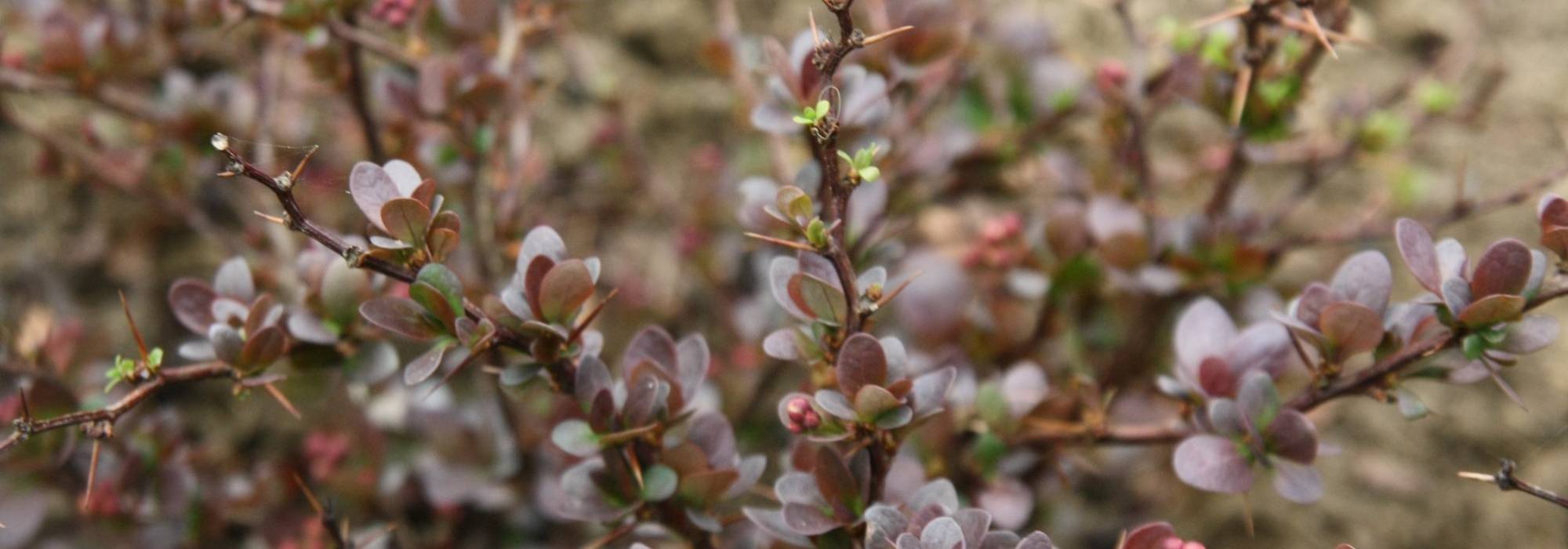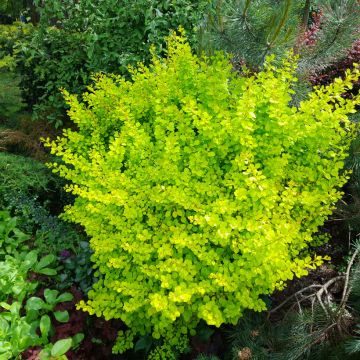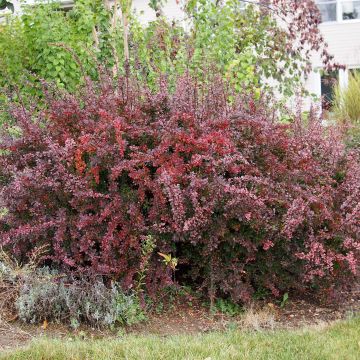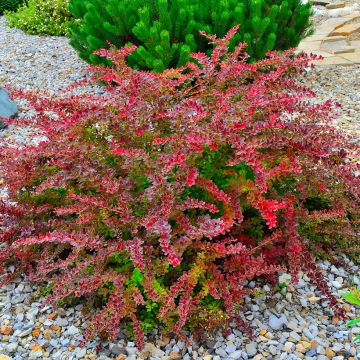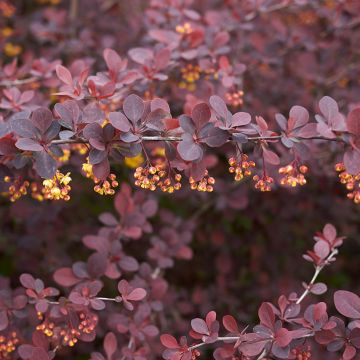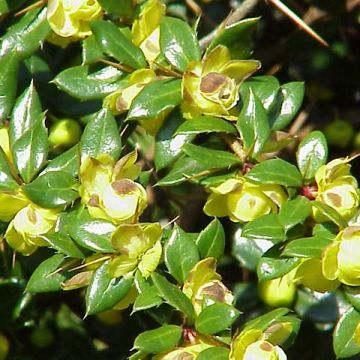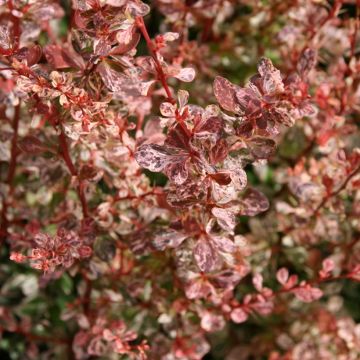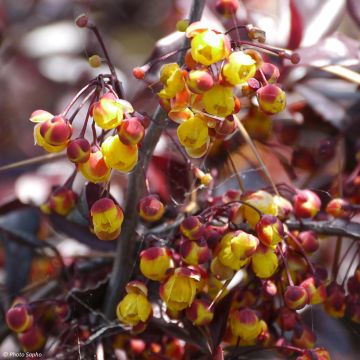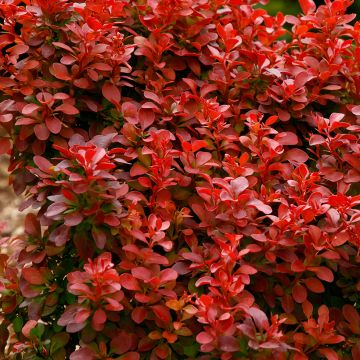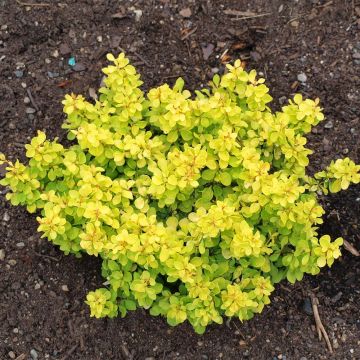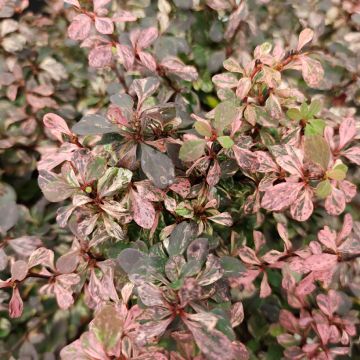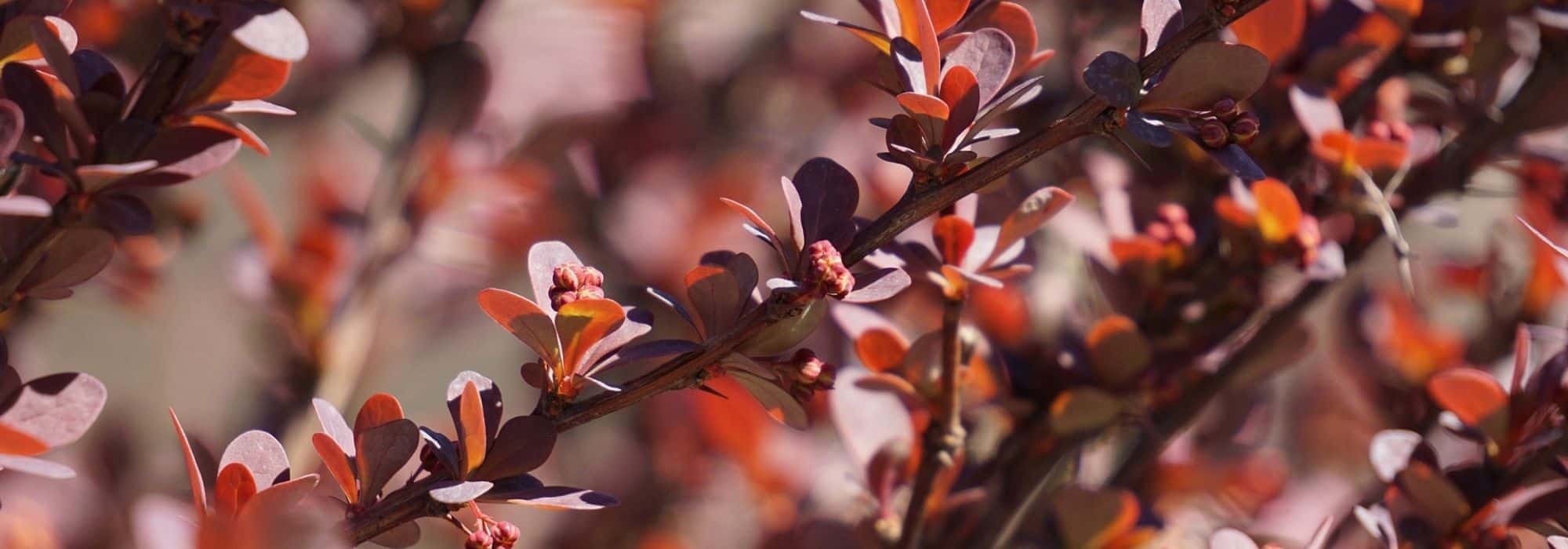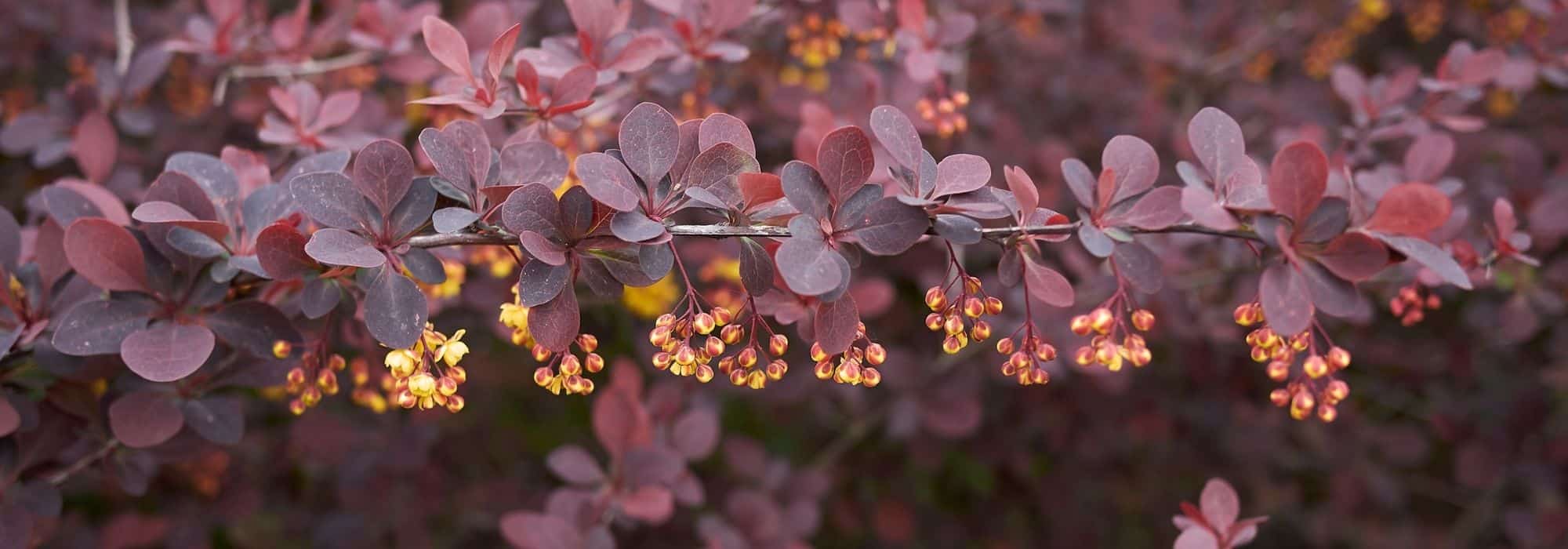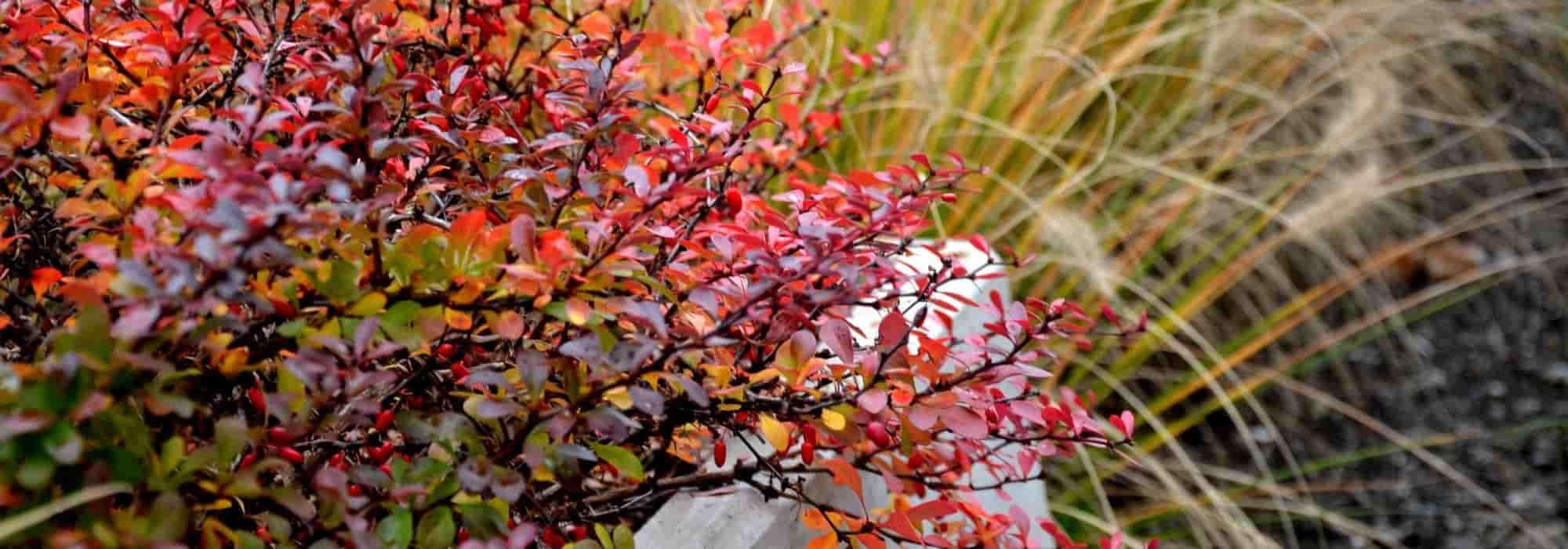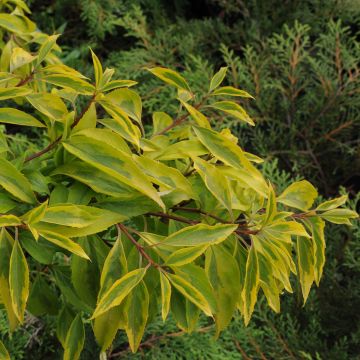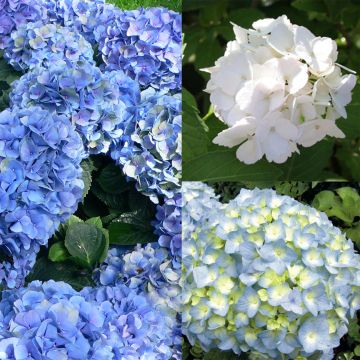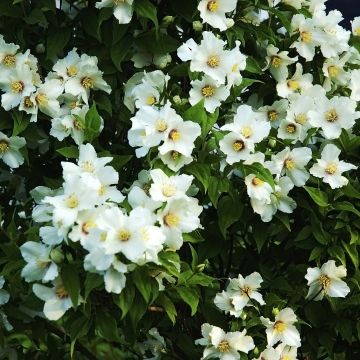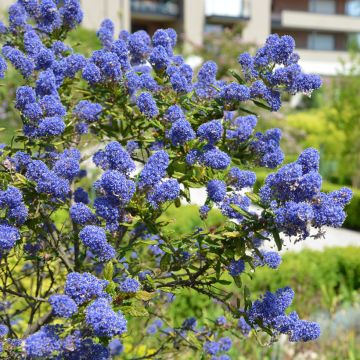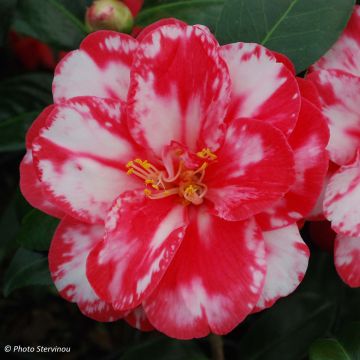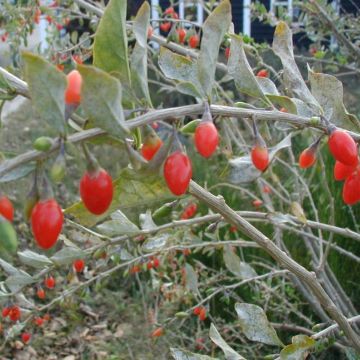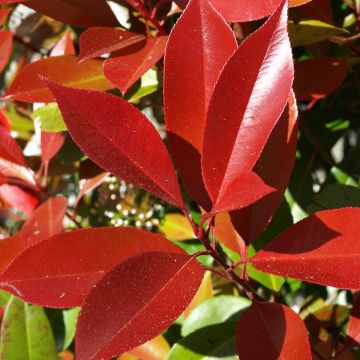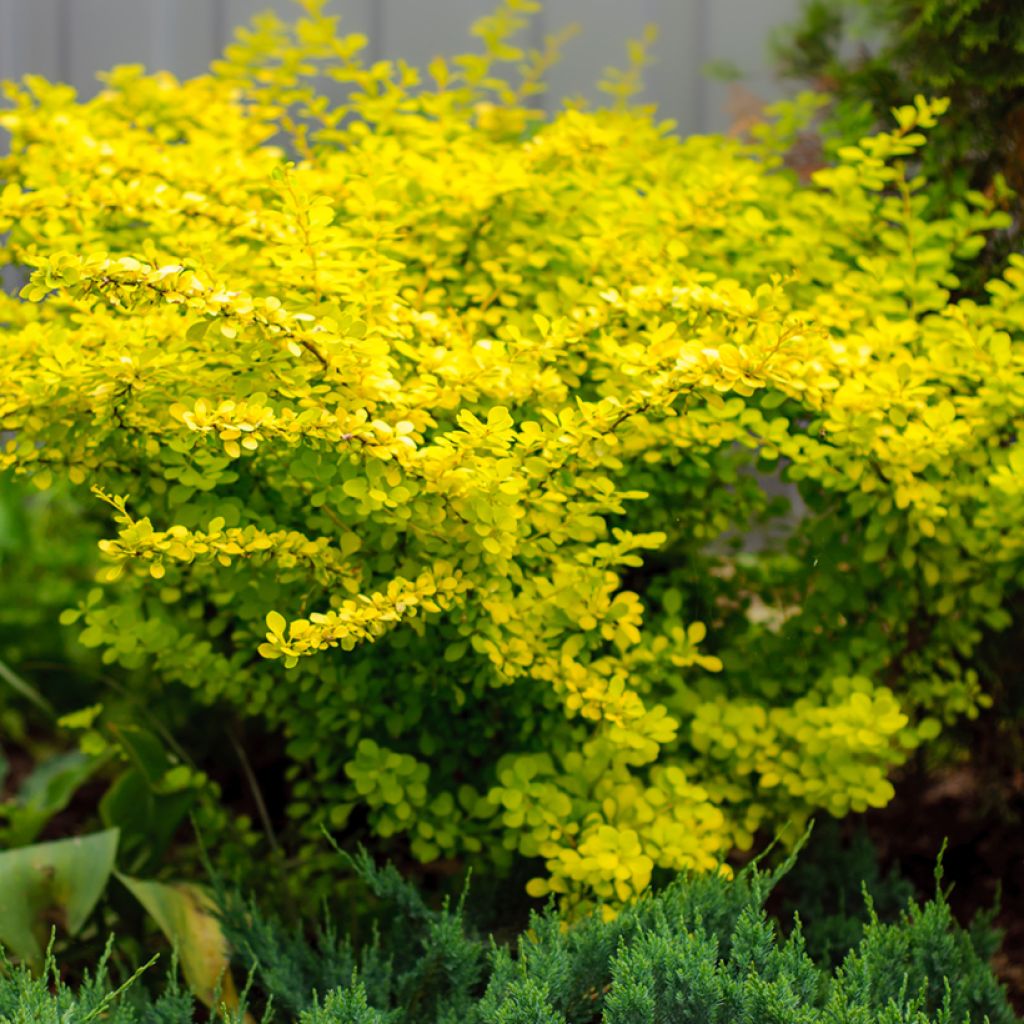

Berberis thunbergii Aurea - Japanese Barberry
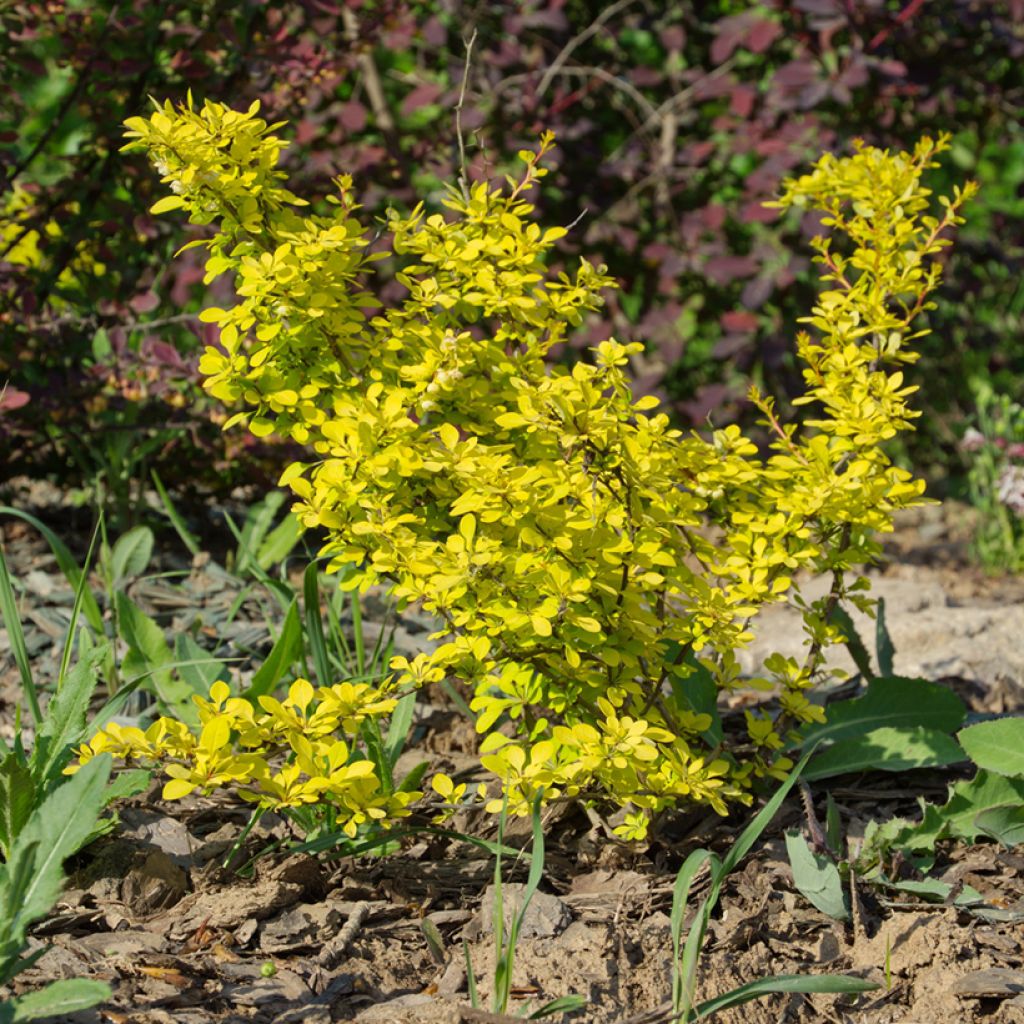

Berberis thunbergii Aurea - Japanese Barberry
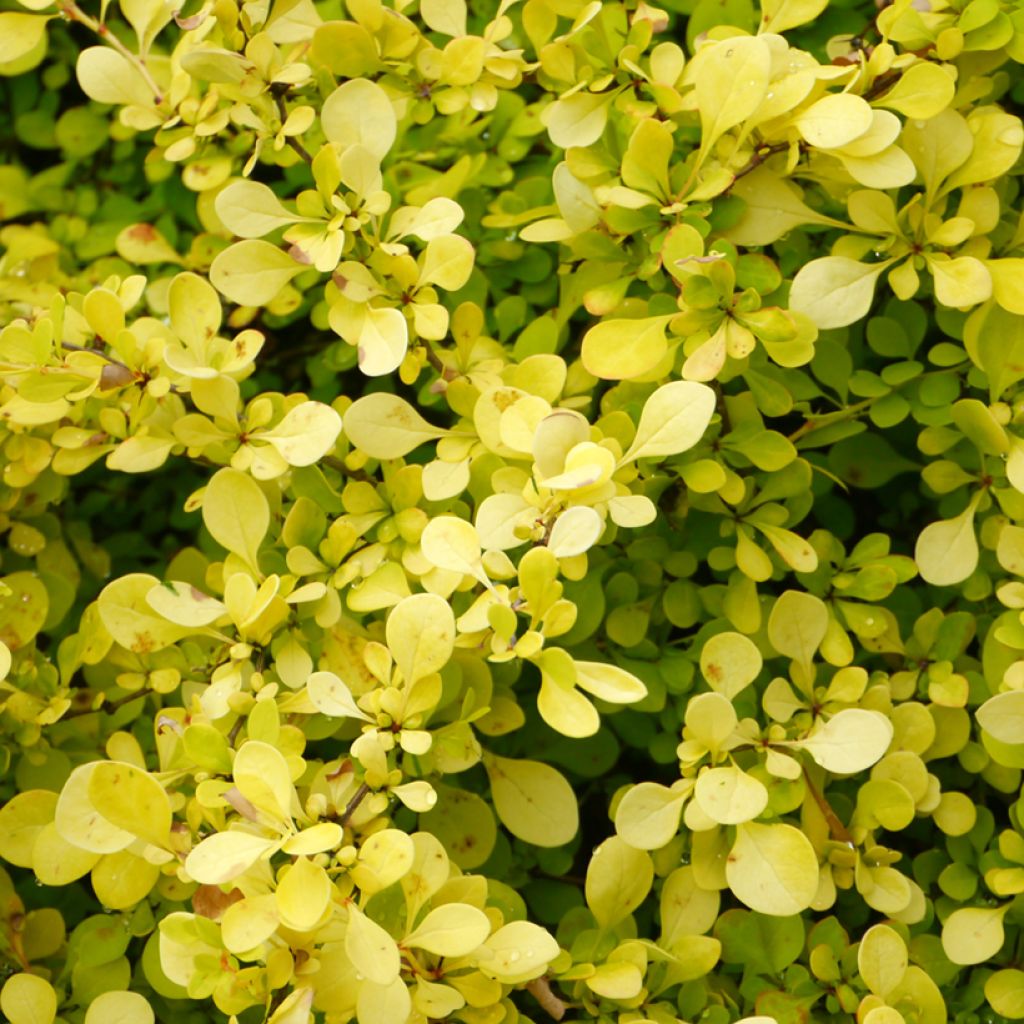

Berberis thunbergii Aurea - Japanese Barberry
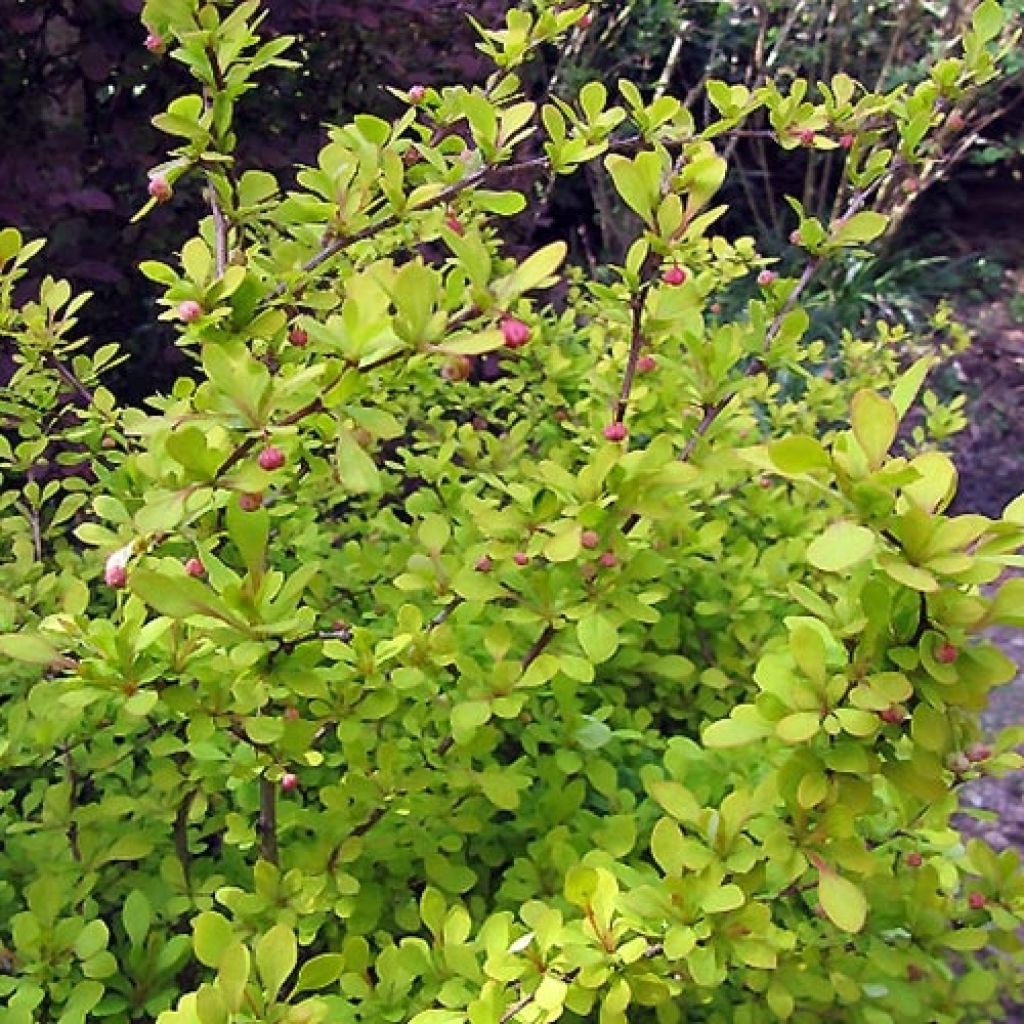

Berberis thunbergii Aurea - Japanese Barberry
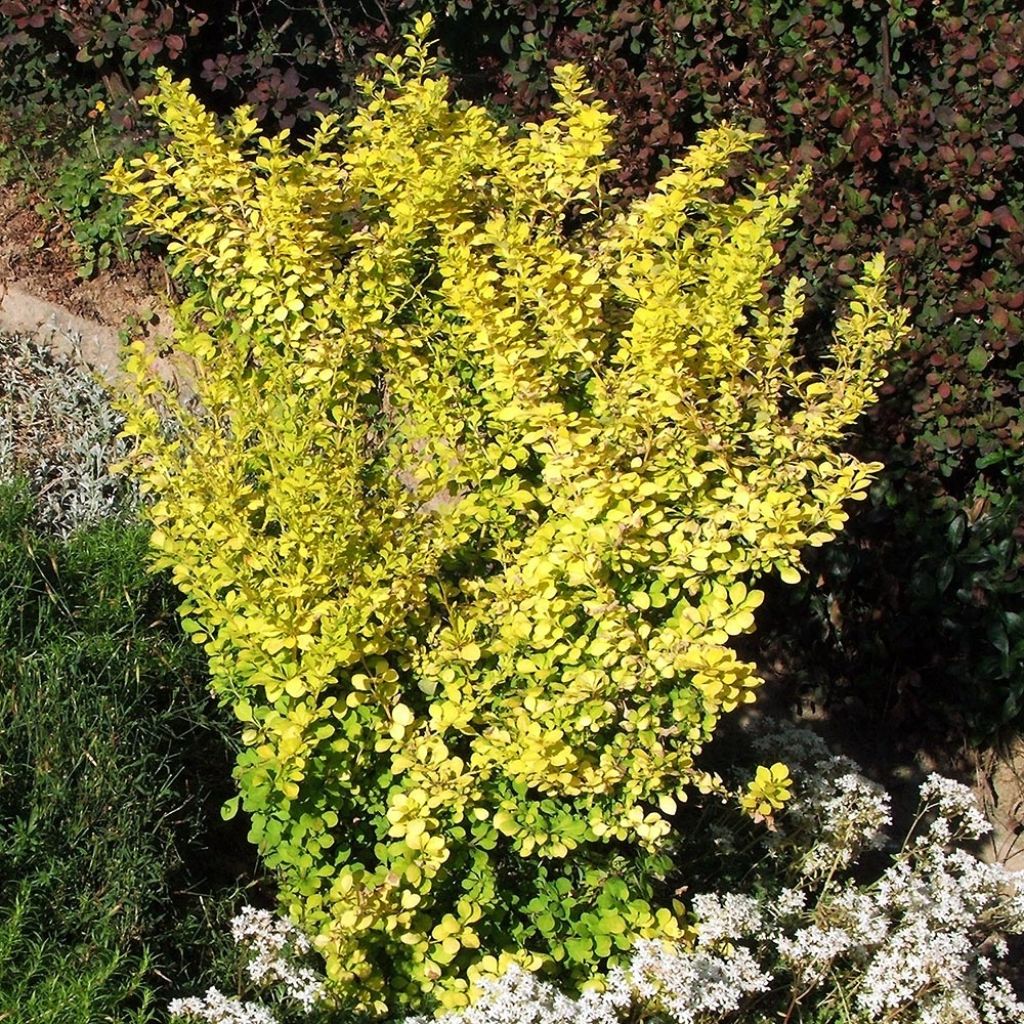

Berberis thunbergii Aurea - Japanese Barberry
Berberis thunbergii Aurea - Japanese Barberry
Berberis thunbergii Aurea
Japanese Barberry
Special offer!
Receive a €20 voucher for any order over €90 (excluding delivery costs, credit notes, and plastic-free options)!
1- Add your favorite plants to your cart.
2- Once you have reached €90, confirm your order (you can even choose the delivery date!).
3- As soon as your order is shipped, you will receive an email containing your voucher code, valid for 3 months (90 days).
Your voucher is unique and can only be used once, for any order with a minimum value of €20, excluding delivery costs.
Can be combined with other current offers, non-divisible and non-refundable.
Home or relay delivery (depending on size and destination)
Schedule delivery date,
and select date in basket
This plant carries a 24 months recovery warranty
More information
We guarantee the quality of our plants for a full growing cycle, and will replace at our expense any plant that fails to recover under normal climatic and planting conditions.
Would this plant suit my garden?
Set up your Plantfit profile →
Description
Berberis thunbergii 'Aurea' is a particularly bright form of the barberry, whose foliage is painted yellow. Well-gilded in spring, the bush greens somewhat in summer before donning its beautiful orange autumn attire. Among this beautiful foliage, small yellow flowers streaked with red bloom in spring, followed by bright red berries that are decorative in late season and winter. Of moderate size, the bush has a beautiful wide and bushy habit, slightly spreading, which is particularly graceful when used as a large groundcover or in a small mixed hedge.
Berberis thunbergii, also known as barberry or Japanese barberry, is a shrub in the Berberidaceae family native to Japan. It is characterised by a bushy, spreading, and low habit, and deciduous foliage, sometimes almost evergreen in mild climates. It is a cold-resistant, undemanding, and adaptable plant that can thrive in various growing conditions. The foliage, deciduous in colder regions, persists during mild winters.
This 'Aurea' form, wider than it is tall, will quickly reach a height of 1.25m (4ft) with a minimum spread of 1.50m (5ft). The branches of this variety, branched and slightly arched at their tips, bear mildly aggressive thorns. The foliage is the main asset of this barberry. It consists of small leaves measuring 2-3 cm (1in) long, obovate (ovate, with the upper part of the leaf wider than the lower part). When budding, they show a very pale yellow colour, then as they mature, they turn to a more golden yellow and then chartreuse in summer. In April-May, numerous clusters of 1 to 6 small flowers bloom on 1-year-old stems. The bell-shaped flowers, 1 cm (0.5in) long, are golden orange streaked with red. They are highly nectariferous and are followed in September-October by small spherical bright red fruits, 6 to 8 mm (0.3in) long, which persist on the branches for part of the winter. The foliage takes on a beautiful coppery orange colour before falling.
This barberry is a very accommodating shrub, tolerating pruning well, but preferring sunny exposures. It is, however, a shame to confine it to the role of a monochrome and anonymous defensive hedge. While it fulfills its mission perfectly, its personality is stifled and its naturally graceful habit is completely obscured. Its beautiful foliage, highly decorative in some cultivars like 'Aurea', deserves a prominent location in front of larger shrubs with purple foliage (Physocarpus Midnight, elderberry Black Lace), or gray foliage (Caryopteris Sterling Silver, Salix lanata), with red flowers (Japanese quinces, roses, Weigelas), or even yellow to orange flowers (Japanese kerria, Genista Lena Orange, honeysuckle Dropmore Scarlett). This shrub can also be planted in large rock gardens to cover slopes or highlight the edge of a pathway. It also thrives in large containers to adorn the patio or balcony.
Berberis thunbergii Aurea - Japanese Barberry in pictures
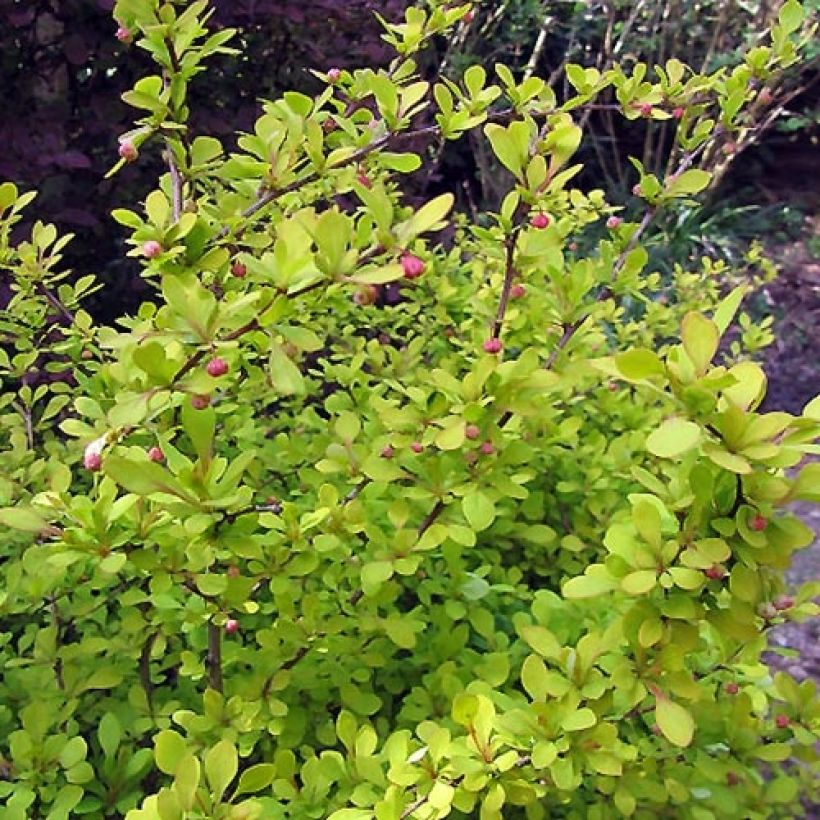



Plant habit
Flowering
Foliage
Botanical data
Berberis
thunbergii
Aurea
Berberidaceae
Japanese Barberry
Cultivar or hybrid
Other Berberis - Barberries
View all →Planting and care
Berberis thunbergii Aurea thrives in partial shade or not too scorching sun, with the autumn colours being more intense in the sun. It is a plant that tolerates drought once established, as well as harsh winters. Plant it in any type of soil as long as it is well-drained. When planting, the hole should be twice the size of the root ball. Space the Berberis about 80 cm (32in) apart. Add compost and water well. It is a bush that tolerates pruning very well. From June to August, after flowering, shorten the faded branches to the level of the young lateral shoots to encourage new branches to grow. Be careful not to touch the branches with bare hands as they have thorns that are difficult to remove once they penetrate the skin. The barberry can be susceptible to powdery mildew and black leaf spots. Aphids can also invade it.
Planting period
Intended location
Care
Planting & care advice
This item has not been reviewed yet - be the first to leave a review about it.
Similar products
Haven't found what you were looking for?
Hardiness is the lowest winter temperature a plant can endure without suffering serious damage or even dying. However, hardiness is affected by location (a sheltered area, such as a patio), protection (winter cover) and soil type (hardiness is improved by well-drained soil).

Photo Sharing Terms & Conditions
In order to encourage gardeners to interact and share their experiences, Promesse de fleurs offers various media enabling content to be uploaded onto its Site - in particular via the ‘Photo sharing’ module.
The User agrees to refrain from:
- Posting any content that is illegal, prejudicial, insulting, racist, inciteful to hatred, revisionist, contrary to public decency, that infringes on privacy or on the privacy rights of third parties, in particular the publicity rights of persons and goods, intellectual property rights, or the right to privacy.
- Submitting content on behalf of a third party;
- Impersonate the identity of a third party and/or publish any personal information about a third party;
In general, the User undertakes to refrain from any unethical behaviour.
All Content (in particular text, comments, files, images, photos, videos, creative works, etc.), which may be subject to property or intellectual property rights, image or other private rights, shall remain the property of the User, subject to the limited rights granted by the terms of the licence granted by Promesse de fleurs as stated below. Users are at liberty to publish or not to publish such Content on the Site, notably via the ‘Photo Sharing’ facility, and accept that this Content shall be made public and freely accessible, notably on the Internet.
Users further acknowledge, undertake to have ,and guarantee that they hold all necessary rights and permissions to publish such material on the Site, in particular with regard to the legislation in force pertaining to any privacy, property, intellectual property, image, or contractual rights, or rights of any other nature. By publishing such Content on the Site, Users acknowledge accepting full liability as publishers of the Content within the meaning of the law, and grant Promesse de fleurs, free of charge, an inclusive, worldwide licence for the said Content for the entire duration of its publication, including all reproduction, representation, up/downloading, displaying, performing, transmission, and storage rights.
Users also grant permission for their name to be linked to the Content and accept that this link may not always be made available.
By engaging in posting material, Users consent to their Content becoming automatically accessible on the Internet, in particular on other sites and/or blogs and/or web pages of the Promesse de fleurs site, including in particular social pages and the Promesse de fleurs catalogue.
Users may secure the removal of entrusted content free of charge by issuing a simple request via our contact form.
The flowering period indicated on our website applies to countries and regions located in USDA zone 8 (France, the United Kingdom, Ireland, the Netherlands, etc.)
It will vary according to where you live:
- In zones 9 to 10 (Italy, Spain, Greece, etc.), flowering will occur about 2 to 4 weeks earlier.
- In zones 6 to 7 (Germany, Poland, Slovenia, and lower mountainous regions), flowering will be delayed by 2 to 3 weeks.
- In zone 5 (Central Europe, Scandinavia), blooming will be delayed by 3 to 5 weeks.
In temperate climates, pruning of spring-flowering shrubs (forsythia, spireas, etc.) should be done just after flowering.
Pruning of summer-flowering shrubs (Indian Lilac, Perovskia, etc.) can be done in winter or spring.
In cold regions as well as with frost-sensitive plants, avoid pruning too early when severe frosts may still occur.
The planting period indicated on our website applies to countries and regions located in USDA zone 8 (France, United Kingdom, Ireland, Netherlands).
It will vary according to where you live:
- In Mediterranean zones (Marseille, Madrid, Milan, etc.), autumn and winter are the best planting periods.
- In continental zones (Strasbourg, Munich, Vienna, etc.), delay planting by 2 to 3 weeks in spring and bring it forward by 2 to 4 weeks in autumn.
- In mountainous regions (the Alps, Pyrenees, Carpathians, etc.), it is best to plant in late spring (May-June) or late summer (August-September).
The harvesting period indicated on our website applies to countries and regions in USDA zone 8 (France, England, Ireland, the Netherlands).
In colder areas (Scandinavia, Poland, Austria...) fruit and vegetable harvests are likely to be delayed by 3-4 weeks.
In warmer areas (Italy, Spain, Greece, etc.), harvesting will probably take place earlier, depending on weather conditions.
The sowing periods indicated on our website apply to countries and regions within USDA Zone 8 (France, UK, Ireland, Netherlands).
In colder areas (Scandinavia, Poland, Austria...), delay any outdoor sowing by 3-4 weeks, or sow under glass.
In warmer climes (Italy, Spain, Greece, etc.), bring outdoor sowing forward by a few weeks.






























